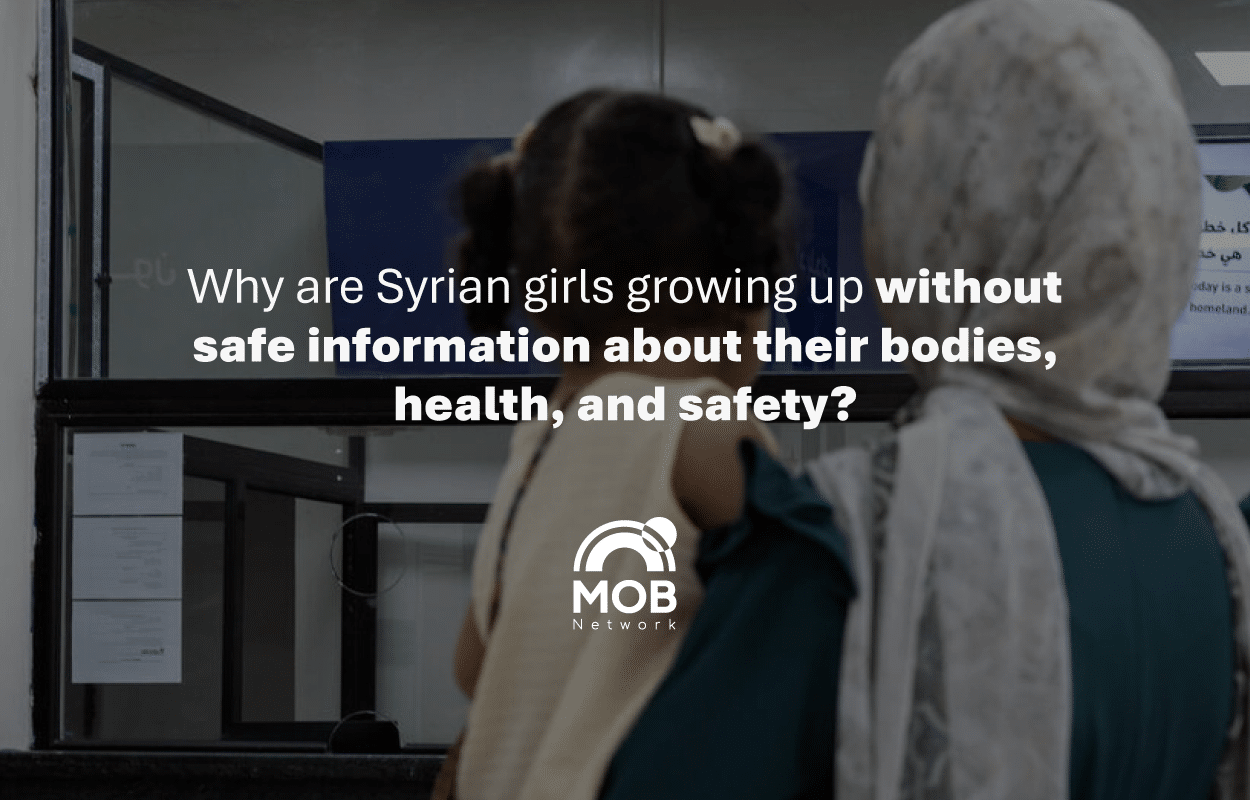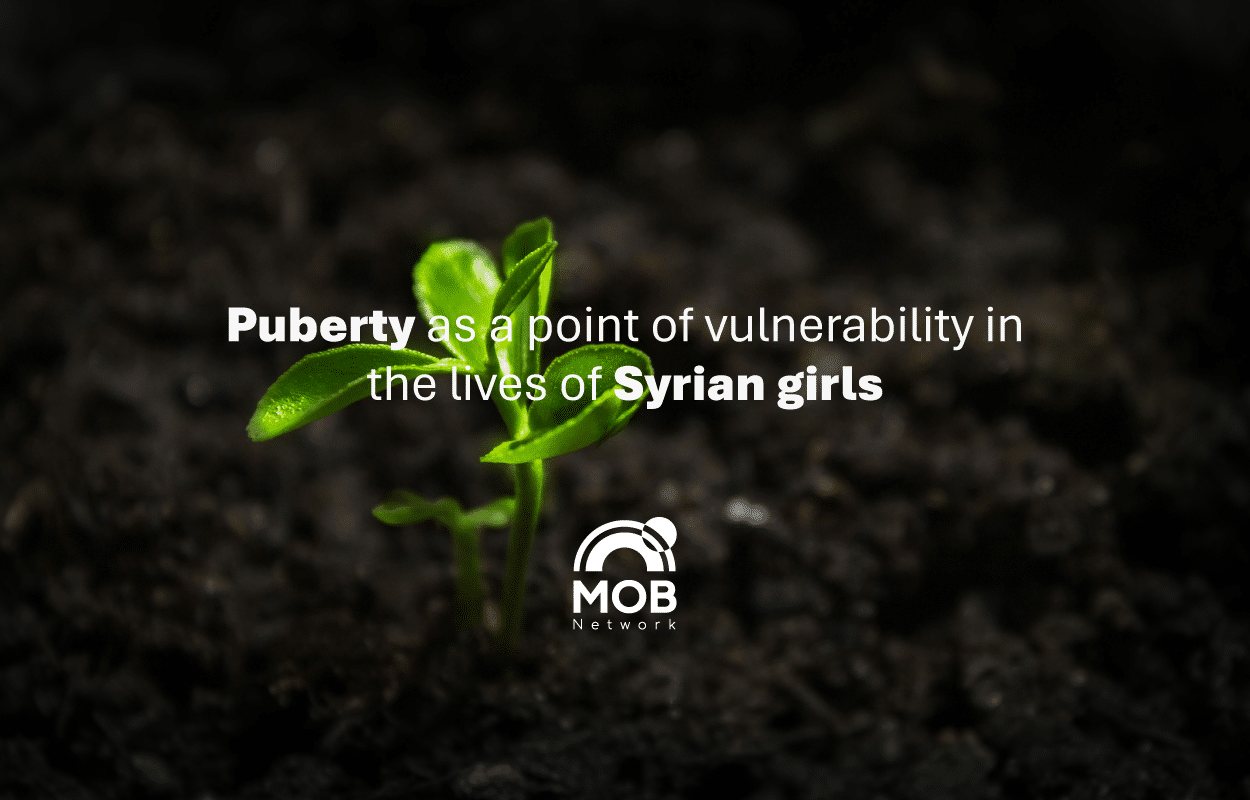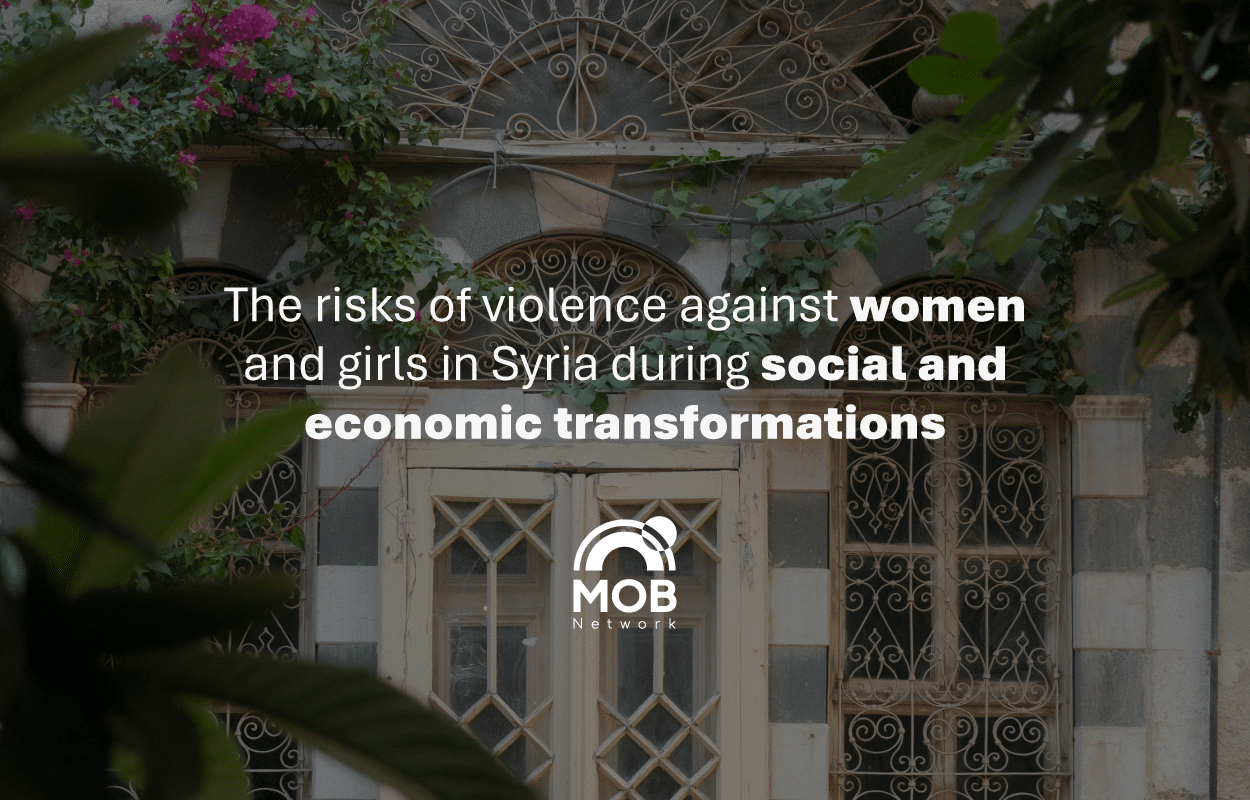Violence, have you ever wondered about the phenomenon of violence? Most likely, the most frequently asked questions were “Why?” and “How?”
Violence is one of the most widespread phenomena in human societies, and it poses a real challenge to humanity, because even if it stops immediately, what it leaves behind contains a lot of cruelty and difficulty in healing.
Violence has been documented since ancient times and has continued to this day, in a more developed and adapted way to the changes in the current era, which makes dealing with it more complex and difficult.
What is violence?
You can attribute the attribute of violence to any act or behavior that leads or is intended to harm oneself or others physically, psychologically, economically, or symbolically. Violence may be an individual or collective act. Its causes are multiple and complex, and they are affected by social, psychological, and psychological factors.
Violence can appear in several forms, such as domestic violence, school violence, community violence, and international violence.
The causes of violence
The position of the social sciences on violence
It is said, beware of your enemy once and beware of your friend a thousand times, because your friend knows you better and is better able to harm you. Therefore, in your battle against anything in existence, you must know it well to be able to face it. Like fear, anxiety, and the unknown.
Since violence is considered one of the most heinous phenomena in existence, it is incumbent upon us to understand and study it in depth, because only through understanding and awareness can we find effective and sustainable solutions to this problem that has great social, psychological, and physical consequences on individuals and societies. In addition, understanding violence can shed light on larger social issues such as power, inequality, and social control. So how is violence studied?
The most prominent theories of violence that sociology has studied
In fact, understanding violence is very difficult. Therefore, sociologists have resorted to relying on theories that justify and reveal facts that may not be obvious to the naked eye but stand behind the aggressive behavior that was issued by a particular person or group. And knowing them is of great importance in treating them, which would eliminate their existence. The most prominent of these theories are:
The Frustration Theory
The proponents of this theory, who are influenced by existentialist philosophy, see that aggression is nothing but a reaction resulting from personal or collective frustration associated with the failure to achieve a motive or reach desired benefits or ambitions.
In other words, it is a process that includes the individual’s perception of an obstacle that prevents him from satisfying his needs or the individual’s expectation of the occurrence of this incident in the future. The proponents of this theory emphasize that frustration leads to violence and aggression by the availability of two basic conditions, namely:
- Aggression occurs if frustration occurs in a way that is arbitrary and meaningless.
- When aggression and violence are effective in getting rid of the obstacles that stand in the way of satisfying needs.
This is embodied when a person is subjected to disrespect and humiliation at work, but he cannot respond to that for fear of losing his job, so he may return home and practice his anger and frustration on his family members.
Or when an individual is abused by one of his parents and cannot protect himself due to some traditional and religious norms. He carries this frustration inside him to project these feelings onto people who remind him of his frustrations.
From this, Dollard put forward a set of psychological laws to explain aggression and violence, including:
1- All aggressive tension results from repression.
2- The increase in aggression is proportional to the increase in the repressed need.
3- Aggression increases with the increase in elements of repression.
4- The process of suppressing aggression leads to subsequent aggression while alleviating it reduces its severity, even temporarily.
5- Aggression is directed towards the source of frustration, and here aggression is described as direct. When it is not possible to direct aggression towards the original source of frustration, it resorts to directing aggression towards another source that has a direct or symbolic relationship with the source, and when it is called this aggression “jokingly” and this phenomenon is known as scapegoating, the teacher who is frustrated by his director directs his anger towards the students because he cannot attack the director, and the wife who is abused by her husband is harsh on her children.
Theory of Social Learning
This theory is one of the most common theories used to explain violence. It rejects the idea that violence is caused by internal motivations, but rather that people learn violence in the same way they learn other behaviors, through the processes of arousal, imitation, and reinforcement. People also absorb feelings of racial or religious discrimination from their environment. This is why we see that groups often have the same ideas, orientations, and loyalties, as well as the same actions.
This process of learning begins in the family. Some parents encourage their children to behave violently towards others in some situations, and they demand that they not be victims of violence. For example, they might say, “Don’t let anyone from your friends at school hit you,” “If someone hits you, hit them back,” or “Tomorrow, I want you to come home and beat up your friend who laughed at you.” Or, when a child sees the way his father solves his problems with his wife or neighbors, which is often through violence, the child will imitate that behavior.
The same is true of games, programs, and television, which are now full of words, phrases, and scenes that can help to establish violent behavior in children.
This is supported by the fact that violence is more evident in some cultures and subcultures than in others. Some subcultures that glorify violence have high crime rates. We also find that in patriarchal societies that give power to men, men often practice violence openly and offer justifications for their violence.
In addition, there are prevailing intellectual orientations in society that support or oppose violence, as represented in proverbs, customs, and the prevailing culture.
The following basic hypotheses have been put forth for the theory of social learning:
- Violence is learned within the family, school, and media.
- Many parental actions or those taken by teachers who use punishment for education and discipline often have negative results.
- The reciprocal relationship between parents and children and the experiences that a child goes through in early childhood form the individual’s personality at maturity. Therefore, violent behavior is passed down through the generations.
- Child abuse in the home leads to aggressive behavior that begins in early childhood and continues in the child’s relationships with friends, siblings, and then parents and teachers.
Theory of Social Conflict
This theory is based on Marxist thought, which attributes violence in society to conflict, especially class conflict. Conflict in all its forms, including political, ethnic, religious, interest, and power conflicts, forms the basic building block for increasing and feeding the manifestations of violence at present. Especially in the context of an imbalance of power, the stronger party usually tends to impose its dominance on the weaker, which then perpetuates the cycle of violence.
Structural-Functional Theory
This theory is based on the idea of the integration of parts into a whole. Every society, institution, or organization has a structure, and this structure can be broken down into parts and elements that make it up. Each part or element has a function that helps to sustain the society, institution, or organization.
Any change in one of the parts or elements is likely to cause changes in the other parts or elements.
Therefore, violence has its own significance within the social context. It can be either a product of the loss of connection with social groups that regulate and direct behavior. Or it can be the result of the loss of proper social control. Or it can be the result of disruptions in one of the social systems, such as the economic, political, or family system. Or it can be the result of the prevalence of anomie in society and the disruption of values.
Let’s apply the theory to reality. The family, which usually consists of two parents and a few children, has emerged to meet some individual needs, such as the enjoyment of freedom, living independently, working, and receiving special education. In contrast, the extended family, consisting of parents, children, spouses, and their children, is no longer able to meet individual needs.
Psychoanalytic Theory
Freud attributes violence to either the inability of the ego to adapt the innate instinctive tendencies to the demands of society, its values, ideals, and norms, or the inability of the self to carry out the process of sublimation or elevation, by replacing aggressive, primitive, and sensual tendencies with activities that are morally, spiritually, religiously, and socially acceptable. The superego may also be weak, in which case desires and instinctive inclinations are released to where they seek satisfaction through violent behavior.
Freud also believes that the motivations of behavior stem from general biological energy, which is divided into constructive drives (life drives) and destructive drives (death drives). Death drives express themselves in the form of aggressive and violent impulses. These impulses may take the form of killing, hatred, and aggression. The seat of death drives or the instinct of destruction is the unconscious.
Modern Freudians believe that violence is due to internal conflicts, emotional problems, and unconscious feelings of fear, insecurity, lack of alignment, and inferiority.
For example, a person who accepts insults in their relationships at the expense of themselves falls under the name of self-directed violence. Or a person who abuses their partner, whether physically or emotionally, which falls under the name of other-directed violence.





